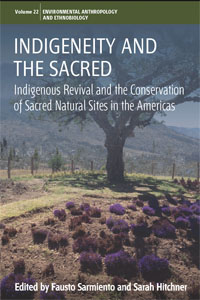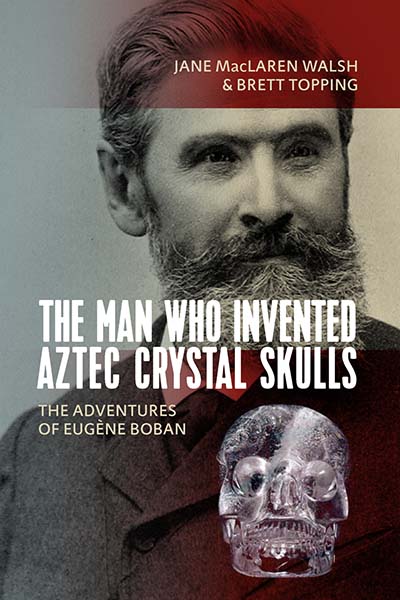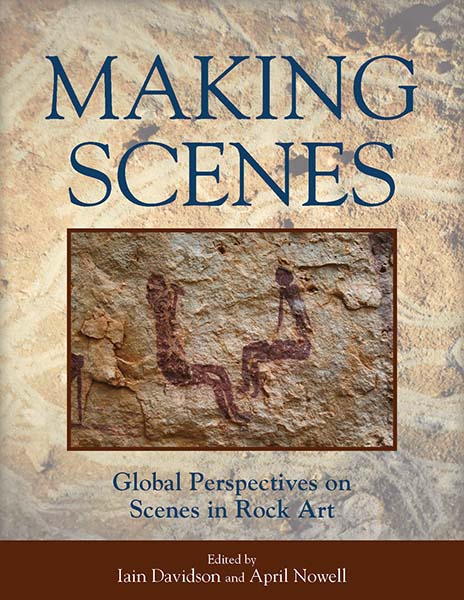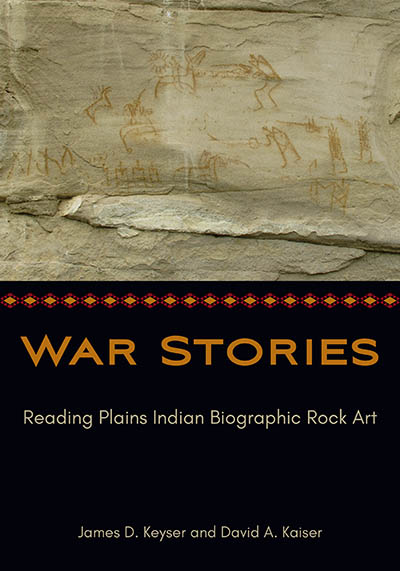Email Newsletters
Sign up for our email newsletters to get customized updates on new Berghahn publications.
Iconicity of the Uto-Aztecans
Snake Anthropomorphy in the Great Basin, the American Southwest and Mesoamerica
Tirtha Prasad Mukhopadhyay and Alan Philip Garfinkel
266 pages, 66 illus., bibliog., index
ISBN 978-1-80073-972-7 $135.00/£104.00 / Hb / Published (May 2023)
ISBN 978-1-83695-083-7 $34.95/£27.95 / Pb / Published (October 2025)
eISBN 978-1-83695-223-7 eBook
Reviews
“The authors’ approach is wide ranging and multidisciplinary. The methodology is based on a deep understanding of the subject and exceptional in its scholarship. The authors’ make many interesting links by drawing diverse data together to provide new ways of understanding rock art, the art of Southwest America/Mesoamerica, and how it relates to socio-cultural behavior.” • Derek Hodgson
“The authors present an interesting hypothesis (more a series of hypotheses) for the antiquity of Uto-Aztecan iconography based on possible, probable, and “if we accept” observations of rock art in the American West through central Mexico. They rely on a unique blend of linguistic analyses, archaeological data, and comparative similarities in iconography.” • William D. Hyder, University of California Santa Cruz
Description
Uto-Aztecan iconic practices are primarily conditioned by the consciousness of the snake as a death-dealing power, and as such, an animal that displays the deepest fears and anxieties of the individual. The attempt to study a snake simulacrum thus constitutes the basic objective of this volume. A long, all-embracing iconicity of snakes and related snake motifs are evident in different cultural expressions ranging from rock art templates to other cultural artifacts like basketry, pottery, temple architecture and sculptural motifs. Uto-Aztecan iconography demonstrates a symbolic memorial order of emotional valences, as well as the negotiations with death and a belief in rebirth, just as the skin-shedding snake reptile manifests in its life cycle.
Tirtha Prasad Mukhopadhyay is Professor of Aesthetics at the University of Guanajuato, Mexico. He has taught at the University of Calcutta and Presidency College, India, and also briefly at the University of Texas at Dallas prior to his appointment in Mexico. An interdisciplinary scholar and former Fulbright Fellow, he travelled extensively across the American Southwest and Mexico to develop an interpretative view of Native American iconography.
Alan Philip Garfinkel is a senior investigator in an environmental compliance firm UltraSystems, headquartered in Irvine, California. Garfinkel has taught at California State University, Bakersfield and published extensively on California and Great Basin archaeology. He is the President and founder of California Rock Art Foundation and featured in the documentary “Talking Stone” sponsored by the Bradshaw Foundation.
Subject: Archaeology
Area: North America
Contents
Download ToC (PDF)




